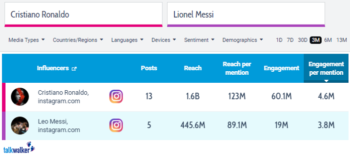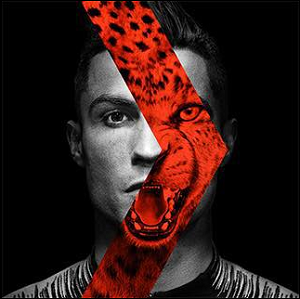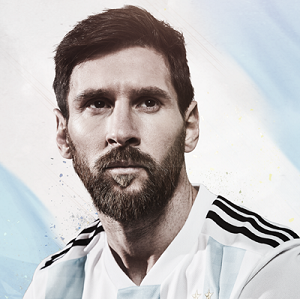
Each and every day, I receive posts telling me that influencer marketing is vital for your brand. It’s huge! You’ll increase engagement, boost your reputation, make lots of money. It’s the future…
But is it really?
The future?
I think influencer marketing has been around for decades. Take a look at these examples, and tell me it’s something new.
1890 – illustrated influencer
The packaging and advertisements from the Davis Milling Company – pancake mix – featured an illustration of Aunt Jemima. The illustration came to life portrayed by Nancy Green. The first of many, until the late 60s when it Aunt Jemima reverted to an illustration.
Racial stereotyping at it’s best.
Santa Claus – taste the feeling
In the 1920s, Coca-Cola introduced an influencer. He was a large guy, in a cuddly way. He wore a red suit, trimmed with white fur. His cheeks were rosy, his smile was wide, his beard was bushy. Whether Coca-Cola created this version of Santa Claus is the stuff of marketing legend, he became the most famous influencer ever.
Marlboro Man – ride ’em cowboy!
Rugged men portrayed in manly roles – sea captains, weightlifters, construction workers, cowboys.
Yep, I hear YMCA too.
The Marlboro Man rode into town in the 1950s, with the aim of transforming a feminine campaign into something more masculine. It worked, in a matter of months. Sales increased because people – yes, men – wanted to be seen as macho. The Marlboro man strutted his stuff until 1999.
Influencer marketing – working for decades
Having established that it’s been around for years, why is everyone going so crazy for it now?
Traditional advertising… it took a hit. We as consumers don’t fall for the hard-sell routine that used to work so well for brands. We’re more likely to trust recommendations from our influencers, peers, family, friends. Ad blockers drove the stake through the trad ad heart.
Influencer marketing – Ronaldo vs Messi
Cristiano Ronaldo and Lionel Messi have kindly allowed me to dig into their performance as influencers on social media.

Ronaldo has great reach and engagement with his followers.
The time just felt right to compare two of the most famous footballer influencers in the world. Not sure why.
A good influencer has to work for their money…
- It’s the difference between a healthy ROI and wasting your money. If they have a massive following but no desire to engage, you’re never going to increase brand awareness.
- If they don’t identify with your product, their followers won’t be fooled.
#7 Ronaldo

Cristiano Ronaldo dos Santos Aveiro
- Signed with Man U in 2003. Since then he has signed 31 major sponsorship deals, including Nike, Electronic Arts, Herbalife, Egyptian Steel, KFC, Armani, etc.
- Published 347 posts with the Nike logo or mention and generated 477 interactions.
- Apparently, he earns $400,000 for each image he shares.
#10 Messi

Lionel Andrés Messi Cuccittini
- Social media footprint is allegedly worth $53.5M to Adidas.
- Signed a lifetime contract with Adidas in 2017.
- Sponsors include Adidas, Gatorade, Huawei, Pepsi, Mastercard, Turkish Airlines, Gillette.
Real Madrid vs Barcelona
- Messi is sponsored by Adidas. He plays for Barcelona, sponsored by Nike.
- Ronaldo is sponsored by Nike. He plays for Real Madrid, sponsored by Adidas.
So, when training with their La Liga teams, they’re promoting each others sponsors. Over the last twelve months, Ronaldo has generated $213M for Adidas, while Messi has generated $111M for Nike.
Stoppage time
Take a look at Influencer Marketing with Champions and judge for yourself who you think is the winning influencer on social media. My post has a heap of stats and examples of their online performance, along with a cracking infographic.

